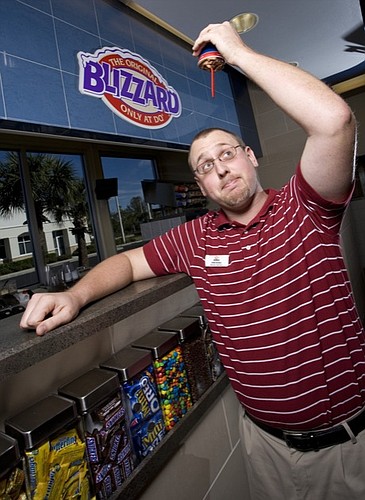- December 15, 2025
-
-
Loading

Loading

Times are so tough that Dairy Queen is shrinking its smallest Blizzard in half.
But just because DQ's signature ice-cream treat is shrinking doesn't mean the company's revenues or profits will do the same. International Dairy Queen is counting on franchisees like the Kraus family in Fort Myers to determine whether a new “Mini Blizzard” can drive more business to its stores.
Kraus Foods, which owns nine Dairy Queen stores on the Gulf Coast, is one of several franchisees around the country testing the new Blizzard size. The 6-ounce cup is half as big as the smallest 12-ounce Blizzard. In a special agreement with the company, Kraus is giving Dairy Queen unfettered access to its registers so it can measure customers' purchases.